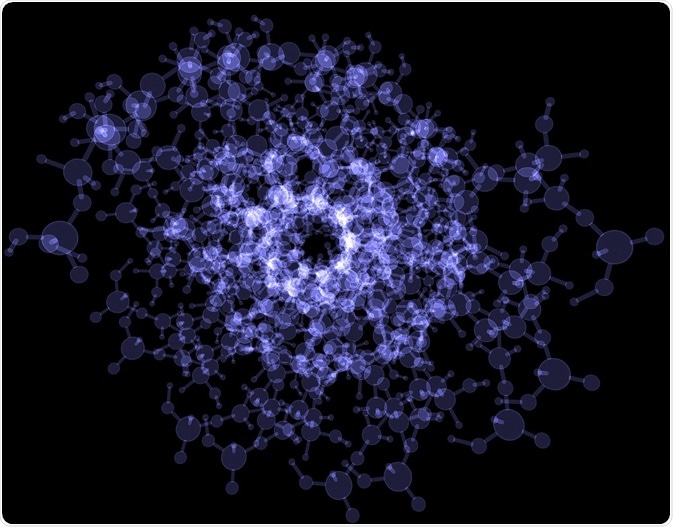
Applications of 3D X-ray Microscopy
3D X ray imaging is a recent innovation which provides a high resolution, three-dimensional image with quantitative analysis of the internal features of a sample without having to cut through it.

Credit: herezoff/Shutterstock.com
All of the current microscopic techniques, including scanning electron microscopy (SEM) and atomic force microscopy (AFM) provide the surface information of a sample. In order to obtain the internal information, an invasive procedure has to be applied. This makes the non-invasive 3D X ray imaging invaluable, and thus has applications in several fields ranging from materials science to biology.
Biological Samples
Three-dimensional X ray microscopy has proved invaluable in the field of medicine, and it has applications in developmental biology, imaging of soft tissues, biomaterials, in vivoimaging among others. It has been used to visualise the structure of various tissues during development, biopsy samples, in model organisms and humans.
The advantages of using X ray microscopy is that it can be used to analyse thick samples with great resolution. With other techniques, imaging thick samples requires invasive procedures which are not possible in live samples. Thus, this technique can provide a way to virtually dissect biological samples without damage and analyse them in three dimensions.
Material Science
In the field of material science, determining the microstructure is critical as it strongly dictates the physical and mechanical properties of the material, including strength, toughness, ductility, hardness, corrosion resistance, high/low temperature behavior or wear resistance. These properties in turn determine the practical applications of a material.
The optical or electron microscope only provide the surface characteristics of a material in 2D, and destructive techniques have to be applied to visualise its internal microstructure. However, with three-dimensional rendering of a sample using 3D X ray imaging, this drawback can now be resolved.
Manufacturing
The packaging of electronic devices is getting more and more complex. In most cases, it is impossible to see the integrated circuits inside a device. Thus, it renders non-invasive assessment of failure or manufacture of a device almost impossible.
As opening of an integrated circuit destructively can itself impose damage, maintaining the integrity of the defect site is crucial. Non-invasive technique of 3D X ray imaging provides a non-invasive, non-destructive method to find defects in three dimensions. As the circuits are getting smaller and smaller, a high-resolution technique is required to image electronic devices and 3D X ray imaging provides this.
Non-destructive imaging of fragile materials and fossils
Brittle and quasi-brittle (which undergoes measurable deformation before failure) structures, such as bones, fibre-reinforced plastics (FRP), and ceramic/metal matrix composites are widely used in bioengineering structures. Thus, it is vital to understand their physical properties and micro-structure.
3D X-ray imaging allows the development of materials with higher load resistance, cost-effective manufacturing processes and optimal structural designs. In such fragile materials and fossils, it is critical not to induce damage during the imaging process. Three-dimensional X-ray techniques provide a high resolution and non-invasive method of characterizing the micro- and nanostructure of such materials.
Reviewed by Kate Anderton, BSc
Sources:
- The University of Western Australia: X-ray micro-computed tomography (micro-CT)
- W. Yun, M. Feser, J. Gelb, L. Hunter. Multiscale 3-D X-ray Imaging for 3-D IC Process Development and Failure Analysis
- Arno P. Merkle and Jeff Gelb. The Ascent of 3D X-ray Microscopy in the Laboratory.
- X-ray microscope: an overview. ScienceDirect Topics
Last Updated: Apr 3, 2018






















.png)











No hay comentarios:
Publicar un comentario